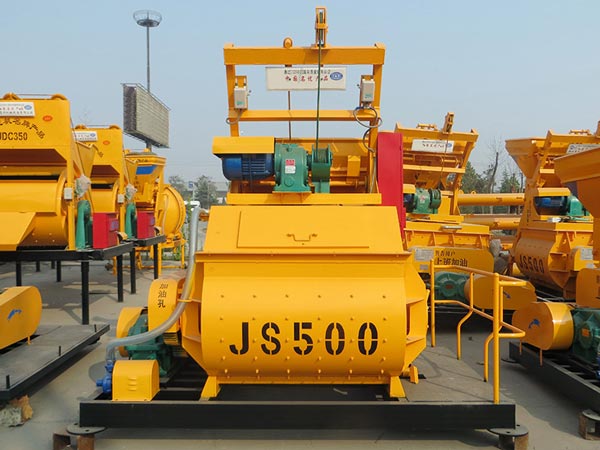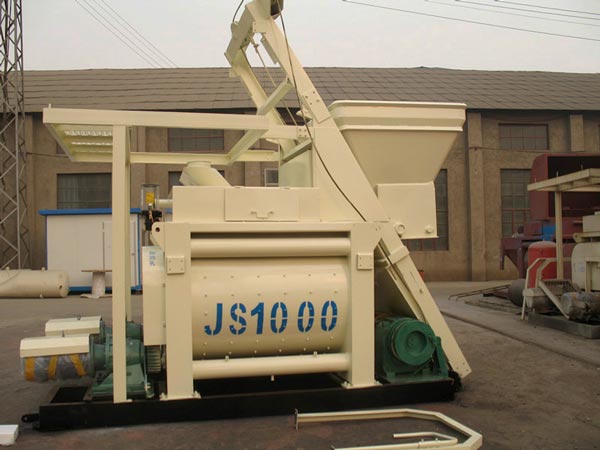Concrete batching machines have nowadays become an indispensable part when it comes to urban construction. Because it can either be used alone or as the concrete batching plant’s main engine, the twin-shaft mixer is commonly used by many concrete batching plants as the mixing host. In this article, you’ll learn some of the benefits of choosing this twin shaft mixer as the mixing host of the stirring station equipment.
– The Mixing Principle
The twin-shaft concrete mixer allows for the mixing to occur both in the radial direction and axial direction. You will find the main stirring zone in the circumferential direction of the stirring body, and you can fully utilize the mixing space such that the water, cement, and aggregate are in the agitating blade’s circumference. At low speeds, you can have a uniform mixing mode in a relatively shorter period and obtain a good mixing effect.

Generally, the single-shaft mixer is similar to the mixer. When it comes to its effective working volume, it’s much smaller compared to the theoretical design volume. Additionally, the height of the entire machine is much larger compared to that of the twin-shaft mixer. When it comes to the production of reinforced concrete, the single-shaft mixer actual production efficiency is lower compared to the rated production efficiency. Therefore, investing in a twin-shaft mixer has an added advantage.
– Abrasion Resistance
During the mixing process, the twin-shaft concrete mixer mixing principle ensures the piling up of a lot of concrete between the two stirring shafts. As a result, it reduces the wear between the blades, the mixing arms, and the bottom lining. Only slightly worn or even wear, twin-shaft mixer liner can only be applicable with wear-resistant cast iron or ordinary steel plate.
The single-shaft mixer, however, should raise the stirring concrete to an elevated position. It should also use a high-speed selection speed, which in turn, wear a huge amount of the stirring blades. What’s more, it must use special and expensive steel, which increases maintenance cost.

– High Stirring Performance
In general, the twin-shaft concrete mixer has an exceptional mixing performance and often comes with a hydrostatic starter. Usually, there’s less mixing noise, and after the mixing is complete, the stirring material is automatically sent to the discharge port. What’s more appealing, is that the entire process is relatively short and takes a shorter period.
Due to the restrictions of the system structure that come with the single-shaft mixer, the discharge door opening size is rather difficult to adjust. As a result, it has a great impact on the discharge of a wide range of proportions of concrete. What’s more, during the closing process, the discharge door tends to get easily stuck, particularly in the emergency shutdown state. As a result, complications are more likely to happen since the sealing of the discharge door is quite poor.
– Easy Maintenance
The twin-shaft concrete mixer simplifies the structure design, which effectively lowers the possibility of failure. Since it has a novel layout, it’s convenient to maintain and use.